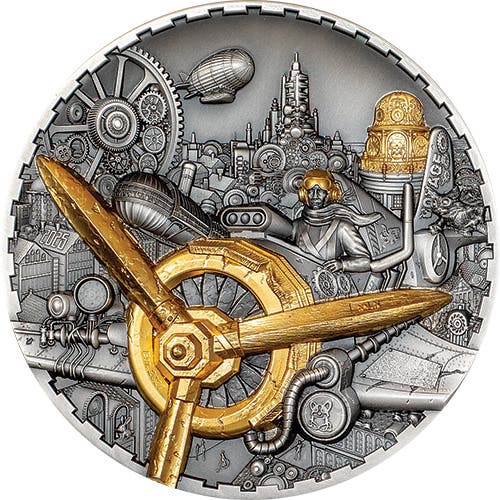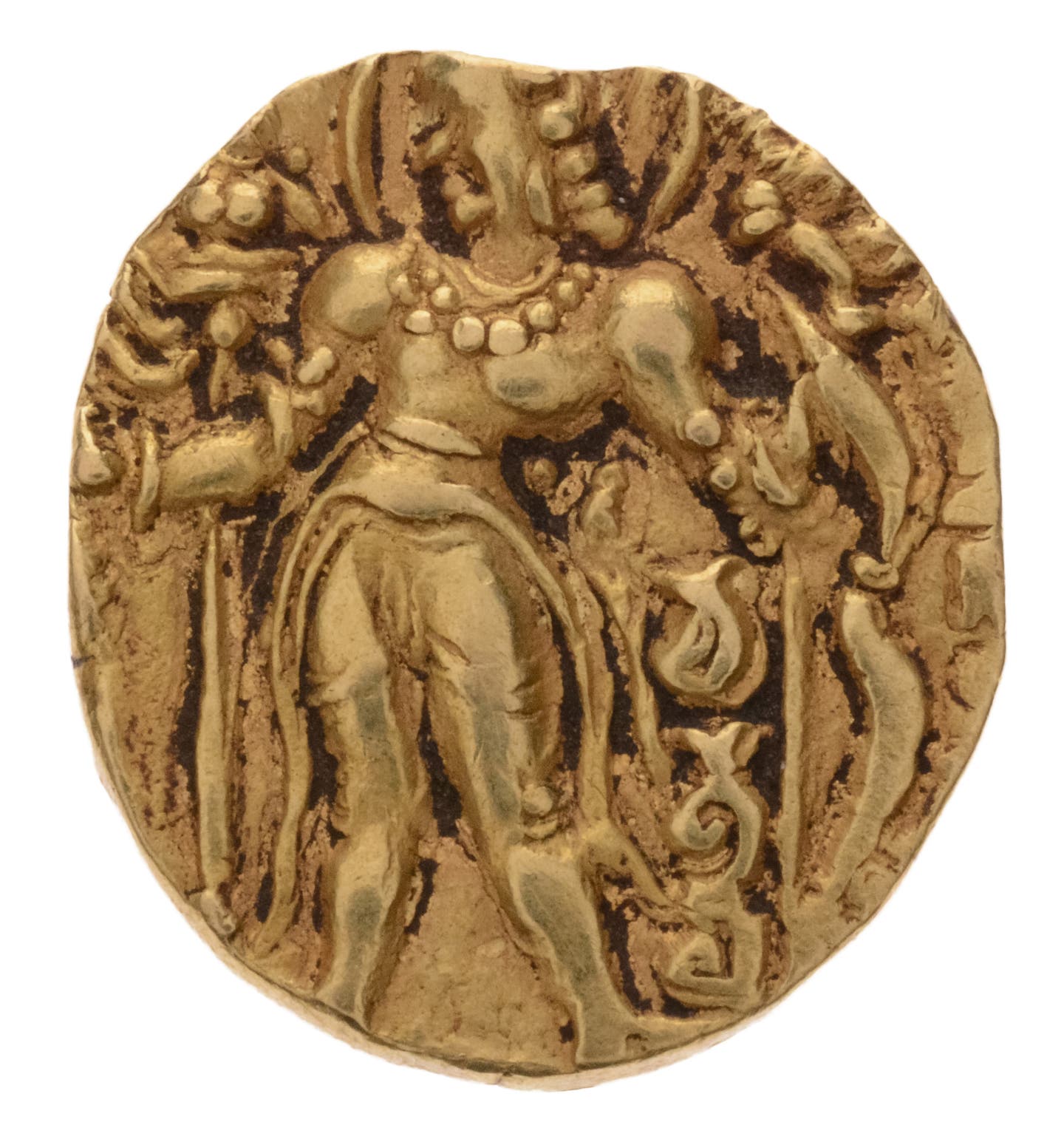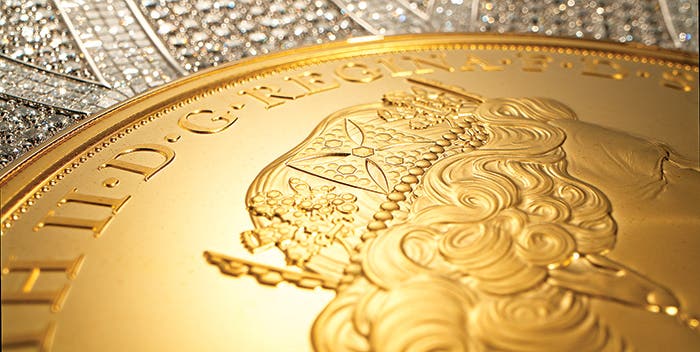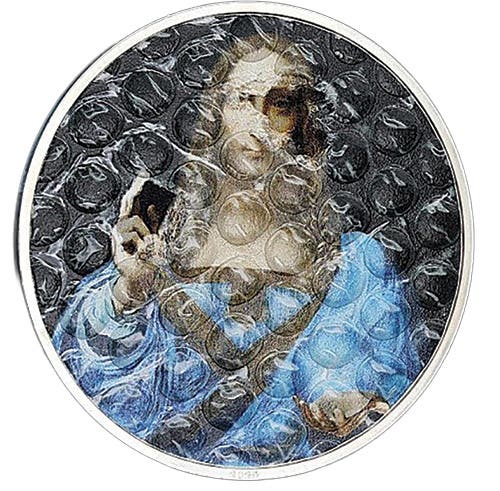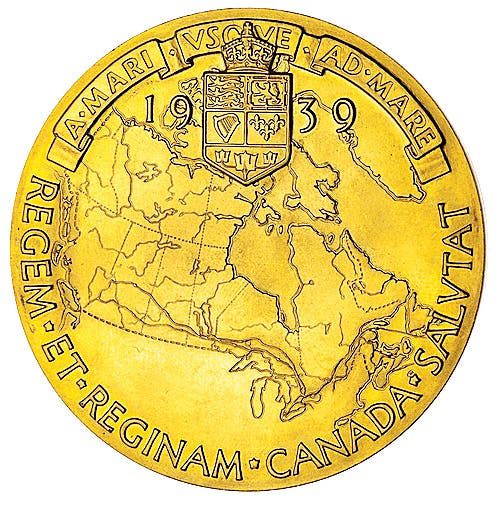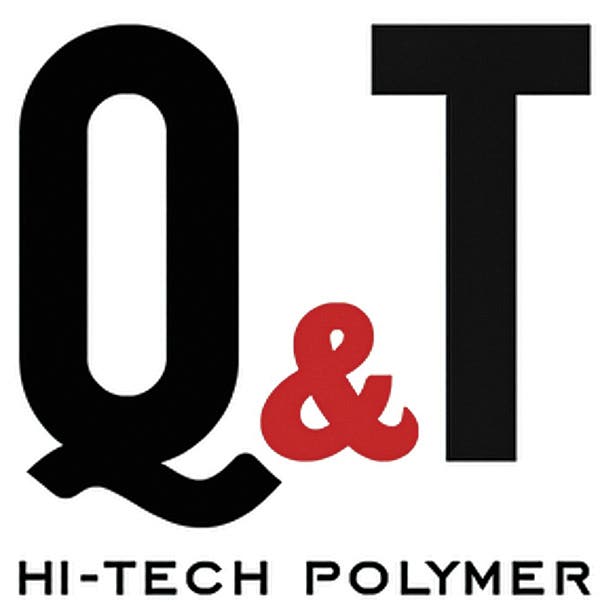Soviet JIM issues realize $28,800
Your reporter is an unashamed follower of WWII-related paper monies. As such, I have been impatiently awaiting the outcome of a sale of three extremely rare examples of Japanese Invasion…
Your reporter is an unashamed follower of WWII-related paper monies. As such, I have been impatiently awaiting the outcome of a sale of three extremely rare examples of Japanese Invasion Money (JIM) produced for use in the Soviet Union. These formed part of Stack’s-Bowers’ April Hong Kong catalog.
The existence of these notes was unknown to collectors until the mid-1970s. Since then, few have appeared at auction. The three offered by Stack’s-Bowers were: 10 kopeks (P-M19, SB-2301); 50 kopeks (P-M20, SB-2302); and 1 ruble (P-M21, SB-2303).
The green 10 kopeks with block#17 came with minor stains but graded PMG-35 Choice Very Fine. It raced away to realize $12,000 on a $5,000-$7,000 estimate. That price compares favorably with the $13,742 taken by a PMG-45 Choice Extremely Fine example in Stack’s-Bowers August 2013 Hong Kong sale.
The red-brown, block#11 50 kopeks attracted less attention. Despite a PMG-25 Choice Very Fine grade, it could manage just $6,000 on its $6,000-$10,000 estimate. An example in PMG-55 About Uncirculated also took $13,742 in August 2013.
The brown ruble with block#20 arrived similarly in PMG-25 Choice Very Fine. It is arguably one of the rarer issues of the series and was bid up to $10,800 on its $6,000-$10,000 estimate.
These prices were by no means among the highest of the sale. Star of the show was a 680-year-old, Yuan Dynasty, vertical format, two kuan printed on mulberry paper c. 1335-40 C.E. (NIP, S/M C167-1). For its age, it was in remarkable condition. Despite “Repairs, Design Redrawn, Minor Stains, and Small Hole at Lower Left,” it had achieved a grade of PCGS-25 Very Fine. Deservedly it sold well over its $25,000-35,000 estimate to make $43,200.
Also among the high rollers was a desirable Malaya and British Borneo specimen $10,000 Queen Elizabeth II portrait note (P-7s). It easily fetched $36,000 in PMG-55 Net About Uncirculated.
Then, as is inevitably the case in Asian paper money sales these days, came the note the market can’t get enough of: a People’s Bank of China 10 yuan of 1953 (P-870; S/M C282-14). Although the PMG-40 Extremely Fine grading is not among the highest seen for this issue in recent sales, that on offer had no problems in achieving $33,600 on its $15,000-20,000 estimate.
In the $20,000+ category, both a Singapore $10,000 of 1973, P-8A (PCGS-50 OPQ), and a Banque de L’Indo-Chine, Kwangtung-Shameen, $1 specimen of 1902, P-S436s (PCGS-63 GSG), sold for $24,000 apiece.
The total realized at the sale including BP was $1,091,052.
Full catalog details and prices realized are available at the Stack’s-Bowers website: www.stacksbowers.com.
This article was originally printed in Bank Note Reporter. >> Subscribe today.
More Collecting Resources
• Order the Standard Catalog of World Paper Money, General Issues to learn about circulating paper money from 14th century China to the mid 20th century.
• When it comes to specialized world paper money issues, nothing can top the Standard Catalog of World Paper Money, Specialized Issues.




